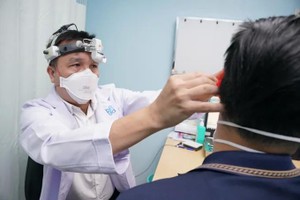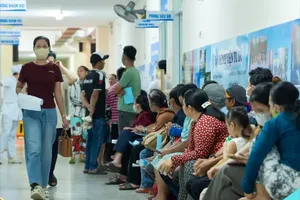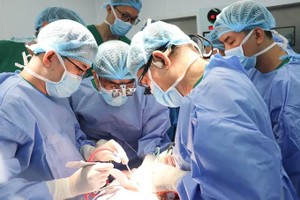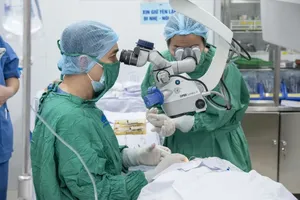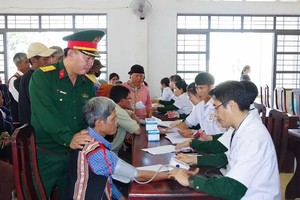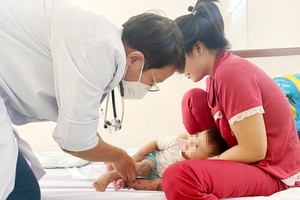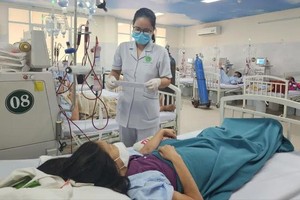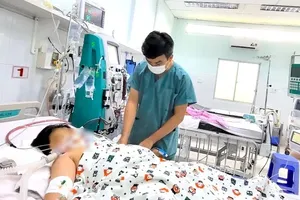The Institute of Malariology Parasitology and Entomology in Quy Nhon Town in the central province of Binh Dinh on September 2 received three blood-sucking stink bugs from a family, for further research.
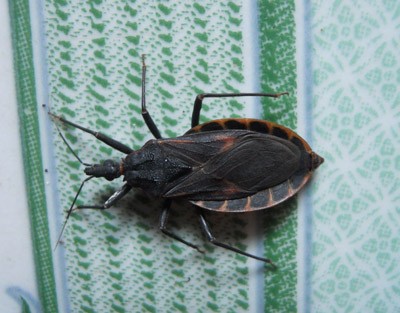
Nguyen Thi Kim Lien, a mother, and her daughter Tran Thi Kim Cuc, living in Hai Cang Ward in Quy Nhon Town caught three blood-sucking stink bugs within a week.
They said that while watching television on September 1, the bugs fell down from the ceiling on the floor and began to crawl slowly towards the wall.
Earlier on August 26-27, both mother and daughter caught two of these creatures and transferred them to the Institute of Malariology Parasitology and Entomology under the Ministry of Health.
All the three bugs seized in Lien’s house have a similar form and size as blood-sucking stink bugs discovered and captured in Hanoi, the central city of Da Nang and Ho Chi Minh City. These pests have three legs, long and hard bites and backs with yellow lines, but the body color is brown.
Two staff from the Institute went to Lien’s house on August 29 to investigate further.
In the whole world there are three kinds of blood-sucking stink bugs namely Triatoma, Rhodinius, and Panstrongylus. Rhodinius has been seen mostly in Vietnam while a few Triatoma and Panstrongylus exist here as well.
According to researcher Ho Viet Hieu from the Institute, the pests have a life expectancy of two years, and can survive for 20 days without eating. Scientists have disclosed that they found parasites in the blood of the bugs, which can be transmitted by bug bite, though this parasite will only attack livestock.
Last year, the number of hospitalized cases due to bites by blood-sucking stink bugs increased significantly causing serious allergies which caused swelling and itchiness and also high fever in some patients.

